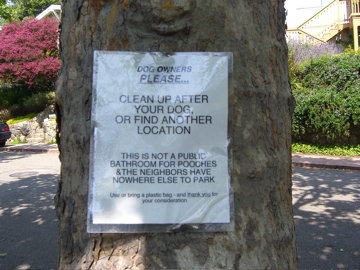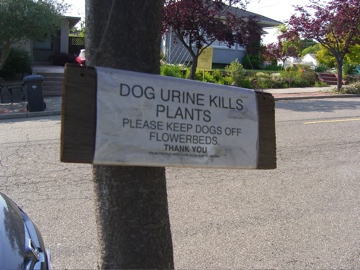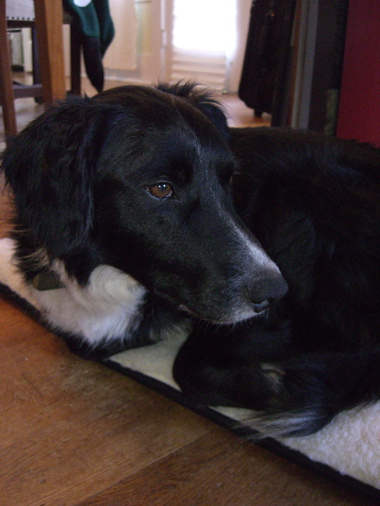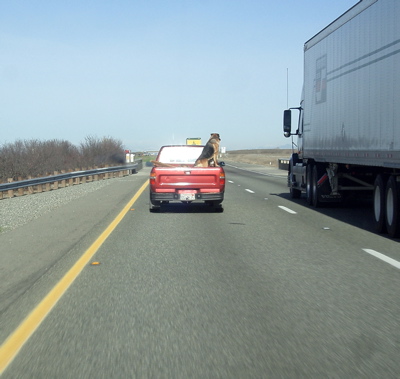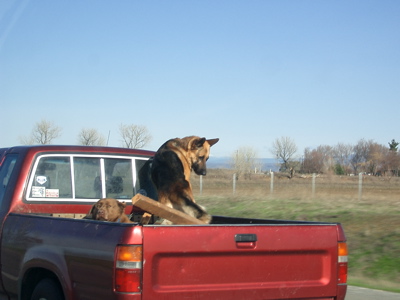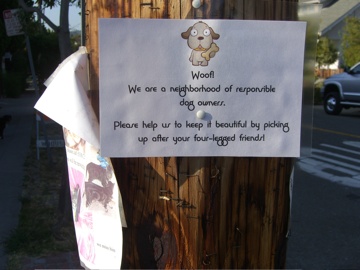
We do “pick up after” our dog. But if I were to somehow not see The Dog take a dump after dark, or forget to bring a plastic bag with me, or suffer some other lapse of responsibility, I sure hope the pile would happen right under this sign. My antagonism toward this precious advisory isn’t rational, and I can’t really explain it. I suspect, though, that part of my feeling arises from the belief that the sort of people who put up notes like this wouldn’t give you the time of day if you passed on the street–unless it was to tell you that if you want the time, you should be careful enough to own and wear a watch.
The other day, I was walking The Dog when we approached a woman sitting in a lawnchair alongside the sidewalk. Her back was to us. The Dog was about 40 or 50 feet ahead of us. He passed Lawnchair Woman, and I approached. I got ready to say, “Hi, there,” which is my normal greeting to someone I meet in such circumstances. But as I approached, I heard her croak, “Six feet.”
Me: “What?” “Six feet. The city ordinance says you have to be within six feet of your dog.”
Discussing this later, I agreed with someone who has a much calmer demeanor than my own that the proper response to such an utterance is a simple, “Thank you.” After offering thanks, the proper course of action is to continue on your way and count yourself lucky that this person does not live next door.
I won’t recount what I actually said or what Lawnchair Woman said by way of retort. But it wasn’t “thank you.”

